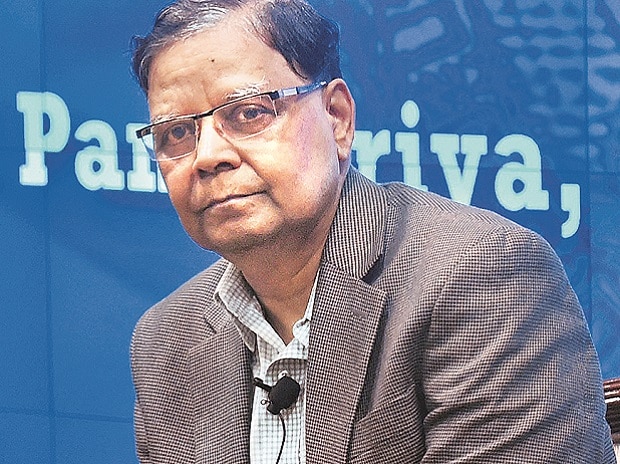[ad_1]
India may log a growth rate of eight per cent of real Gross Domestic Product (GDP) in FY23, said the former Vice-Chairman of NITI Aayog Arvind Panagariya. “I am willing to go out on a limb on this”, he said. The Professor of Economics and Jagdish Bhagwati Professor of Indian Political Economy at Columbia University said his estimate shall be way above the highest assessed by any research organisation or government agency for the year. The RBI estimate is 7 per cent with “risks broadly balanced around this baseline path”, the Bank has noted.
The National Statistical Office shall release the GDP data for the second quarter on 30th November.
His argument is based on the performance of the economy so far. “The economy has logged a 12.7 per cent growth in the first quarter and so far all of the high-frequency indicators are on an optimistic trajectory in the second quarter”, he explained.
Since the corresponding period of FY22 was low and below even the rate of FY20, he said there is no reason to expect that the economy will log less than a range of 7.5 to 8 per cent rate of growth in the second quarter. Even with a low 5.5 per cent each rate of growth in the subsequent quarters three and four, the eight per cent rate for the whole financial year was attainable. Growth rates shall be high, particularly in contact-intensive sectors, trade and transport as well as for mining and construction, he argued.
The NCAER mid-year review of the economy released at the same event showed the median growth rate for the Indian economy by all the agencies was seven per cent for the current financial year. Some of those numbers have come down further and are projected to be even lower for the next financial year, FY24.
Panagariya’s medium-term growth projections for the Indian economy were also better than others. He said the economy had “paid off its dues in the second decade, for the excesses committed in the first decade of this century”. The improved balance sheet of the banks — their improving non-performance ratios, of corporations in the private sector and even of households were therefore in a position to add to investments rapidly. “The Tatas, for instance, have cleaned up close to $10 billion of bad assets from their companies”, he said.
Alluding to the experience of Korea in the late nineties, which also went through a similar clean up in the late nineties, he said “we may not be in the same league but it is of a similar nature. I, therefore, find the optimists about the Indian economy are also far too pessimists”.
[ad_2]
Source link



